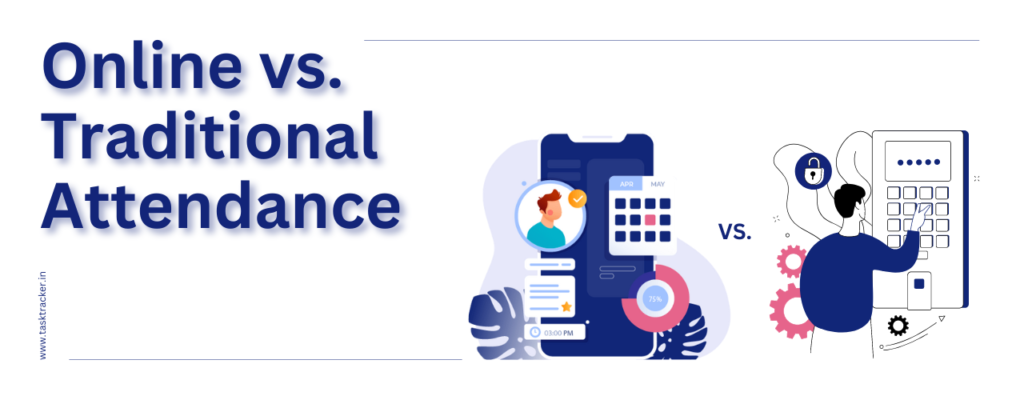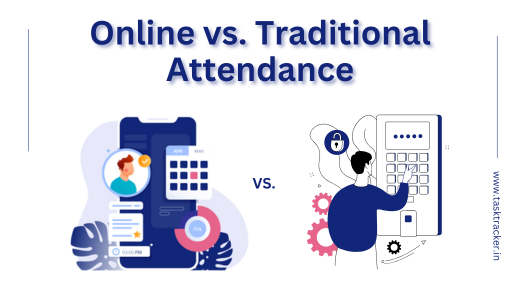
In the past, managing attendance in an institution was a cumbersome task for everyone involved. However, the advent of online attendance software has made this process significantly more convenient and manageable. This software serves as a valuable tool for tracking attendance, controlling unauthorized access, and ensuring the security of an institution.
Online attendance software is versatile and can be applied to monitor the attendance of office employees. It offers a cost-effective and efficient solution for managing human resources within your organization. By implementing online attendance software, institutions can benefit from a range of advantages and disadvantages. Let’s explore these in detail.
Manual Attendance System: Pros and Cons
Pros:
Cost-effective:
Manual attendance systems are budget-friendly, making them suitable for small businesses with limited funds. They don’t require expensive systems or software investments. Small businesses and startups, which often operate on tight budgets, can manage payroll manually without spending significant sums.
Simple to use:
Employers are familiar with manual ledger sheets, which require no special expertise to implement. The simplicity of this system makes it accessible to a wide range of businesses without the need for specialized training.
Resistant to power cuts:
Manual systems continue to function during power outages, ensuring uninterrupted attendance tracking. This can be a crucial advantage in areas with unreliable power infrastructure.
Cons:
Prone to buddy-punching:
Manual attendance systems are susceptible to buddy-punching and time theft, as data can be easily manipulated. Since employees manually record their attendance, they may enter inaccurate information to inflate their working hours, leading to decreased productivity and increased costs.
Human error possibility:
The manual compilation of attendance data increases the risk of errors in calculations and compliance. HR managers may find it challenging to collect and accurately process attendance data for all employees, potentially leading to payroll errors and compliance issues.
Time-consuming:
Recording attendance manually is a time-consuming process. Employees must fill out attendance sheets, and HR personnel must manually collect, input, and verify the data. This can hinder overall performance and productivity. Additionally, the manual process of maintaining scorecards and rectifying errors in time entries can consume valuable time and resources.
While manual attendance systems have some advantages, they may not be the best long-term solution for your business.
Automated Attendance System: Pros and Cons
Pros:
Records data automatically:
Automated attendance systems free you from the burden of manual tracking by automating the task. These systems collect and store attendance data for all employees, ensuring accurate records of working hours. This automation saves time and increases productivity.
Real-time reporting:
Automated systems offer real-time tracking, allowing you to monitor employee locations and attendance. This feature is especially valuable for businesses with distributed workforces, as it enables detailed records of client meetings and real-time tracking of employee locations.
Accuracy:
Automated systems significantly reduce the likelihood of false attendance data and errors in calculations. Employees cannot easily manipulate the data, ensuring that payroll is based on accurate working hours.
User-friendly:
Automated attendance systems are easy to install and use, requiring minimal training. Most systems offer intuitive interfaces that employees and HR personnel can navigate with ease. Some even offer mobile applications, allowing employees to mark their attendance using their smartphones.
Easy Integration:
Automated systems can seamlessly integrate with other HR. This integration streamlines data flow, making it easier to calculate precise payments for employees. Additionally, automated attendance management software is typically easy to upgrade to meet industry-specific requirements.
Cons:
Requires maintenance:
Automated systems may require periodic maintenance and technical support, incurring additional expenses. It’s essential to ensure that the system operates smoothly and any technical issues are promptly addressed.
Needs power supply:
Continuous power is essential for automated systems to function. In areas with frequent power outages, this reliance on electricity can be a drawback. Extended power outages can disrupt attendance tracking and data collection.
Conclusion:
Automation in attendance management can position your company for greater success and efficiency in the modern workplace. Task Tracker is among the leading Attendance Management systems designed to meet the evolving needs of the industry, ensuring accurate attendance records and efficient payroll processes.


Leave a Reply